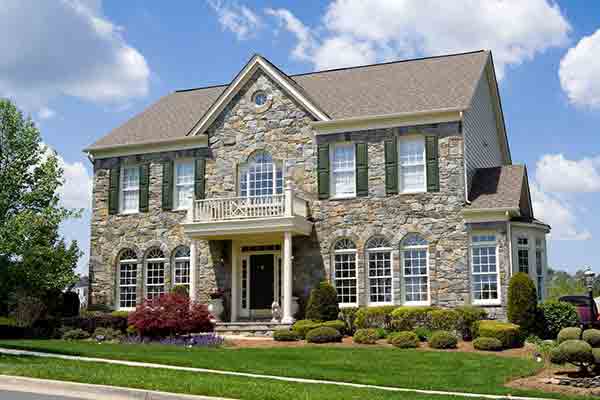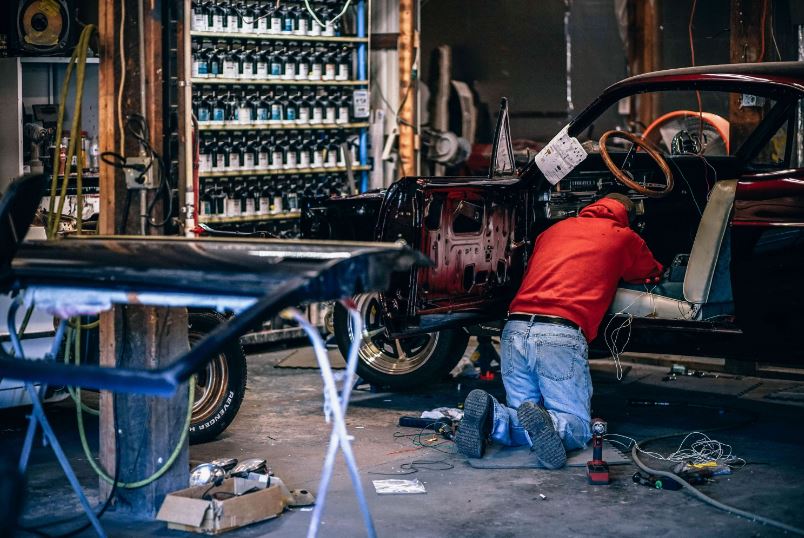Castle construction, with its majestic towers and imposing walls, conjures images of medieval grandeur and strategic fortification. These structures not only served as fortresses but also as symbols of power and prestige. The construction of castles involved a complex interplay of architectural design, engineering expertise, and material science, reflecting the needs and resources of their era. This comprehensive overview explores the evolution, design principles, and construction techniques of castles, providing insight into how these historical edifices were built.
Historical Evolution of Castles
Early Beginnings
The concept of fortified dwellings dates back to ancient times, with early examples found in the civilizations of Mesopotamia, Egypt, and Greece. However, the distinctive form of the castle as we know it began to take shape during the early medieval period in Europe. The fall of the Western Roman Empire and the subsequent rise of feudalism led to the construction of the first true castles.
The Norman Influence
The Norman Conquest of England in 1066 marked a significant turning point in castle construction. The Normans introduced the motte-and-bailey design, which consisted of a raised earthwork (motte) with a wooden or stone keep on top, surrounded by an enclosed courtyard (bailey). This design was both simple and effective for quick construction and defense.
The Stone Age
As the medieval period progressed, the reliance on wood diminished in favor of stone, which offered greater durability and protection. The transition from wooden to stone castles began in the 12th century and marked the advent of the concentric castle design. This innovation featured multiple layers of defensive walls and towers, creating a more formidable structure.
Key Components of Castle Design
The Keep
The keep, also known as the donjon, was the central tower of a castle and served as the primary residence of the lord and his family. It was designed to be a self-contained fortress within the castle. The keep was typically the tallest and strongest part of the castle, offering both a defensive stronghold and a living area.
The Curtain Wall
Surrounding the keep was the curtain wall, a high, thick wall that enclosed the castle grounds. This wall was equipped with defensive features such as battlements, crenellations, and arrow slits. The curtain wall provided protection from attacks and created a secure perimeter around the castle.
Towers and Turrets
Castles were often equipped with several towers and turrets, which served both defensive and observational purposes. These structures allowed defenders to monitor the surrounding landscape and provided additional vantage points for archers. Towers were strategically placed at key points along the curtain wall and at corners to maximize their defensive capabilities.
The Gatehouse
The gatehouse was the primary entrance to the castle and was heavily fortified to prevent unauthorized access. It often featured a drawbridge over a moat, which could be raised or lowered to control entry. The gatehouse was also equipped with portcullises and iron gates for added security.
The Moat
A moat was a defensive feature that surrounded the castle, typically filled with water. It served to hinder attackers and provide an additional layer of protection. Moats could be either natural or artificial and varied in width and depth depending on the castle’s location and resources.
Construction Techniques
Earthworks and Foundations
The construction of a castle began with the preparation of the site, which often involved extensive earthworks. Foundations were dug to support the massive stone walls and towers, and the site was leveled to ensure stability. In some cases, the castle was built on a natural hill or elevated terrain to enhance its defensive advantages.
Masonry and Stonework
Stone was the primary material used in castle construction, with various types of stone chosen based on local availability and desired durability. The stone was cut and shaped using rudimentary tools and techniques, with skilled masons ensuring precise workmanship. Mortar was used to bond the stones together and provide additional strength.
Defensive Features
To enhance the castle’s defensive capabilities, various features were incorporated into the design. Arrow slits, or embrasures, allowed archers to shoot while remaining protected. Machicolations, or overhanging parapets, enabled defenders to drop stones or boiling oil on attackers below. The design of these features was crucial for maximizing the castle’s effectiveness in repelling sieges.
Interior Layout
The interior of a castle was designed to accommodate both residential and functional needs. The great hall served as the primary gathering space for the lord and his retinue, while private chambers provided living quarters. The kitchen, storage rooms, and chapels were also integral parts of the castle’s layout. The design of the interior emphasized both comfort and security.
The Role of Castles in Medieval Society
Military Importance
Castles played a crucial role in medieval warfare and defense. Their strategic locations, fortified structures, and defensive features made them formidable obstacles for invaders. Castles served as strongholds for lords and knights, who could mobilize their forces from these positions during conflicts.
Administrative and Social Functions
In addition to their military role, castles served as administrative centers and symbols of authority. They were often the seat of local government and the residence of the ruling lord. Castles also functioned as hubs of social and economic activity, hosting banquets, tournaments, and fairs.
Economic Impact
The construction and maintenance of castles had significant economic implications for the surrounding region. The demand for materials and labor created employment opportunities, while the presence of a castle often led to the development of nearby settlements. Castles also played a role in controlling trade routes and collecting tolls.
Decline and Preservation
The Decline of Castles
The role of castles began to decline with the advent of gunpowder and firearms in the late medieval period. The development of more advanced siege weapons rendered traditional castle defenses less effective. Additionally, changing political and military strategies led to a shift away from castle-based fortifications.
Preservation and Restoration
Despite their decline, many castles have been preserved and restored, serving as important historical and cultural landmarks. Restoration efforts aim to maintain the architectural integrity of these structures while adapting them for modern use. Castles continue to attract visitors and serve as a reminder of medieval heritage.
Modern-Day Applications
Historical Research and Education
Castles offer valuable insights into medieval architecture, engineering, and society. Archaeological research and historical studies contribute to our understanding of castle construction techniques and their role in history. Educational programs and museum exhibits provide opportunities for the public to learn about these fascinating structures.
Tourism and Cultural Heritage
Many castles have been adapted for tourism, offering guided tours, reenactments, and educational programs. They serve as cultural heritage sites, preserving the legacy of the medieval period and promoting an appreciation for historical architecture. Castles also inspire interest in historical fiction and popular media.
Conclusion
Castle construction represents a remarkable chapter in architectural and engineering history. From their early beginnings as simple fortifications to their evolution into complex and imposing structures, castles embody the ingenuity and craftsmanship of their creators. Their role in medieval society, coupled with their enduring presence in modern times, highlights their significance as symbols of power, prestige, and cultural heritage. As we continue to explore and preserve these magnificent structures, we gain a deeper appreciation for the artistry and expertise that defined castle construction.




